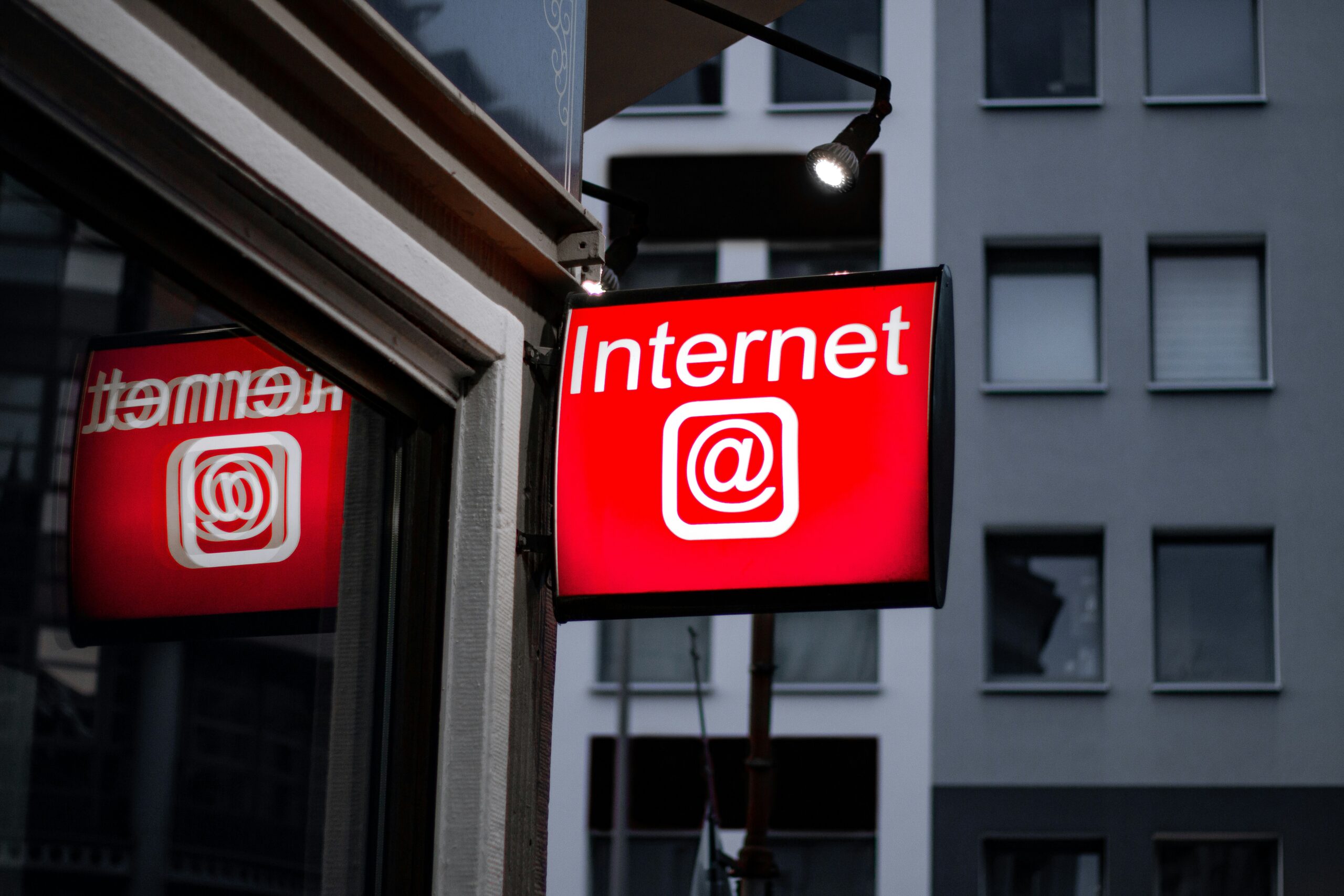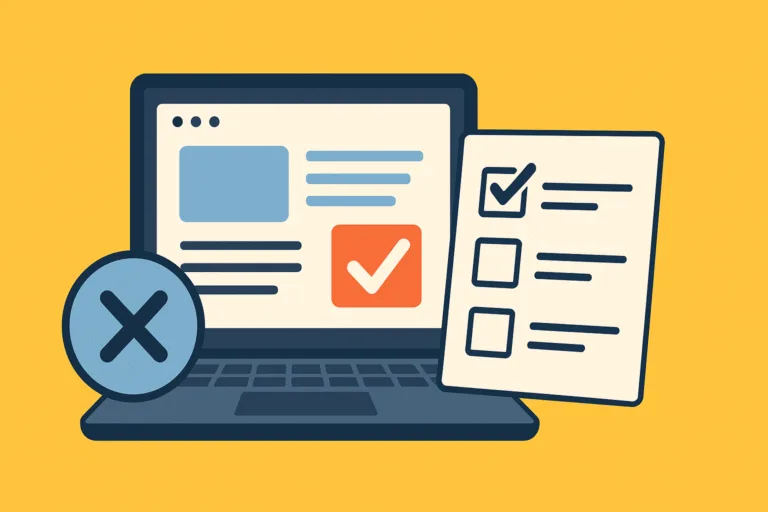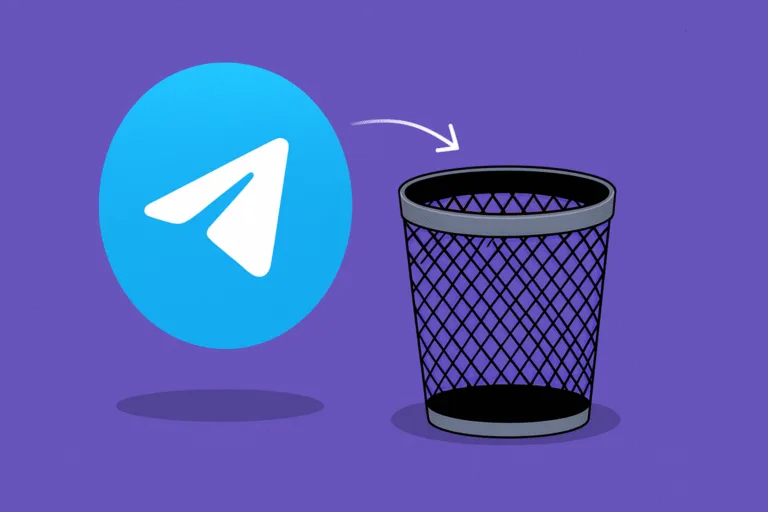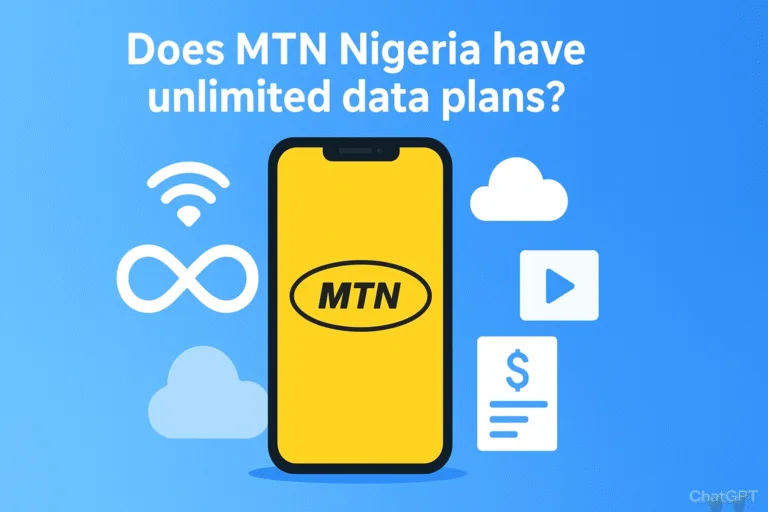Working remotely from a peaceful cabin in the middle of nowhere sounds like a dream until your internet starts acting up. One minute, you’re on an important video call, and the next, your screen freezes, and the connection drops. This is a common struggle for those relying on satellite internet in rural and remote areas. While it offers access where other options are limited, it often comes with frustrating issues like high latency, data limits, and interference from bad weather. The good news is that there are reliable alternatives that deliver a smoother, faster, and more affordable online experience.
If you’re a remote worker, a student, or just someone in search of better internet, we’ve compiled the top satellite internet alternatives, examining each one’s strengths and limitations. So, let’s look at options that can keep you connected without breaking the bank or sacrificing performance.
Why Look for Alternatives to Satellite Internet?
Satellite internet has been a game-changer for rural and remote users, offering connectivity where other options might not exist. However, it does come with some drawbacks:
- High Latency: Because satellite internet relies on signals traveling from Earth to space and back, latency is often high, making real-time applications like video calls or gaming challenging.
- Weather Sensitivity: Storms, heavy rain, or snow can disrupt the connection, leading to interruptions.
- Data Caps: Many satellite internet providers enforce data caps, slowing speeds drastically once the limit is reached.
- Higher Costs: While prices have improved, satellite internet remains more expensive compared to some land-based options.
Given these challenges, exploring alternatives can open the door to faster, more stable internet, especially if you’re within reach of newer technologies like 5G or fiber.
7 Satellite Internet Alternatives
1. 5G Home Internet
5G, the fifth generation of mobile network technology, is reshaping how people access the internet. For those within 5G coverage areas, this option is one of the best alternatives to satellite internet.
Advantages:
- High Speeds: 5G can offer speeds comparable to or even faster than fiber internet in certain areas, making it an excellent choice for high-speed requirements.
- Low Latency: Unlike satellite, 5G delivers low latency, which is ideal for streaming, gaming, and video conferencing.
- Flexible Installation: 5G routers or modems can be set up easily without the need for cables or wires, and many providers offer portable options.
Limitations: 5G coverage is still expanding, so availability may be limited in rural areas. Additionally, 5G internet can be affected by obstacles like walls and buildings, impacting signal strength indoors.
Who Should Consider 5G Home Internet: If you live in a semi-urban or urban area with access to 5G coverage, this can be a powerful and reliable alternative to satellite internet.
2. Fiber Optic Internet
Fiber optic internet is often regarded as the gold standard of connectivity due to its speed and reliability. It uses light signals to transmit data, resulting in ultra-fast speeds and virtually no interference.
Advantages:
- Lightning-Fast Speeds: Fiber offers download and upload speeds that can reach up to 1 Gbps or more, allowing for seamless HD streaming, large downloads, and multiplayer gaming.
- High Reliability: Fiber isn’t affected by weather or environmental factors, making it incredibly stable.
- Symmetrical Speeds: Fiber often provides equal download and upload speeds, which is beneficial for content creators or remote workers who need to upload large files.

Limitations: The primary downside of fiber is its limited availability in rural areas, as fiber infrastructure is costly to install and mainly focused on urban centers.
Who Should Consider Fiber Optic Internet: Fiber is a perfect choice for users in cities or towns with fiber access who want the fastest and most reliable internet connection available.
3. Fixed Wireless Internet
Fixed wireless internet is an alternative often overlooked but can be a lifesaver in rural or suburban areas. It uses radio signals to transmit data from a fixed point, usually a nearby tower, to an antenna at the customer’s location.
Advantages:
- Fast and Reliable: Fixed wireless often offers speeds similar to DSL (Digital subscriber line) or even fiber in some cases, with minimal latency.
- Available in Rural Areas: Fixed wireless providers are increasingly focusing on underserved rural areas, making it a viable satellite internet alternative for many.
- Flexible Installation: The antenna setup is relatively simple, and installation can be completed quickly.
Limitations: Line-of-sight is required between the tower and the antenna, so obstructions like trees or hills can impact signal quality. Additionally, speeds may fluctuate based on network congestion.
Who Should Consider Fixed Wireless: If you’re in a rural or suburban area where fixed wireless providers operate, this can be a dependable, high-speed option.
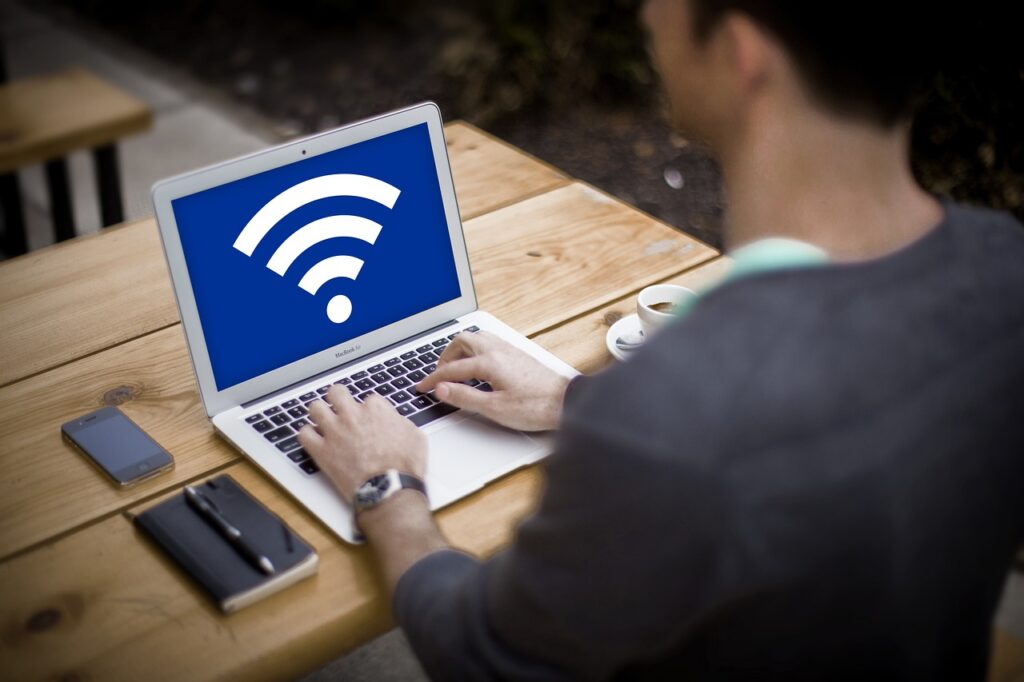
4. Mobile Hotspot (4G or 5G)
For users on the go or in areas with strong mobile network signals, a mobile hotspot can be an effective way to get online. Many smartphones come with built-in hotspot functionality, allowing you to connect multiple devices to the internet through your mobile data.
Advantages:
- Portability: You can take a mobile hotspot anywhere within your carrier’s network, making it ideal for digital nomads or frequent travelers.
- Easy Setup: No need for complex installations—just turn on the hotspot, and you’re ready to go.
- 5G Compatibility: Newer mobile hotspots support 5G, offering higher speeds than ever before.
Limitations: Mobile data plans with large amounts of data can be costly, and speeds may vary depending on network congestion. Additionally, using a mobile hotspot long-term can drain phone battery life.
Who Should Consider a Mobile Hotspot: This option is best for individuals or small households that need a temporary or mobile internet solution, especially if there’s a reliable 4G or 5G signal available.
5. DSL (Digital Subscriber Line)
DSL is an older technology but still widely available, especially in rural areas where other options might be limited. It uses existing phone lines to deliver internet service.
Advantages:
- Broad Availability: DSL is accessible in many rural and semi-rural areas, often where no other land-based options are available.
- Low Latency: Since DSL relies on landlines, latency is lower compared to satellite, making it suitable for general browsing, streaming, and even gaming.
- Affordable Plans: DSL tends to be more budget-friendly compared to satellite and even some cellular-based options.
Limitations: DSL speeds tend to be slower than fiber or 5G, typically ranging between 10–100 Mbps. Additionally, speed can fluctuate depending on the distance from the provider’s infrastructure.
Who Should Consider DSL: If fiber or 5G isn’t available and you need a reliable land-based internet connection, DSL can be a decent alternative for most activities.
6. Cable Internet
Cable internet remains one of the most widely available high-speed internet options, especially in urban and suburban areas. It uses the same infrastructure as cable TV to deliver fast and stable internet.
Advantages:
- Fast Speeds: Cable internet can deliver high speeds, often ranging from 100 Mbps to 1 Gbps, depending on the provider and plan.
- Stable Connection: Cable is generally stable and doesn’t suffer from weather-related issues.
- Broad Coverage: Cable providers cover a large portion of both urban and suburban areas, making it a convenient option for many households.
Limitations: Cable internet can be prone to network congestion, especially during peak hours, which can slow speeds. It’s also limited in reach to areas where cable infrastructure exists.
Who Should Consider Cable Internet: Cable is ideal for households with moderate to high data needs, particularly in urban or suburban regions where coverage is available.
7. Public Wi-Fi Networks
While not a dedicated home internet solution, public Wi-Fi networks can serve as a backup or supplementary connection. Many libraries, cafes, and community centers offer free Wi-Fi that’s accessible to the public.
Advantages:
- Cost-Free: Public Wi-Fi is usually free to access, making it a budget-friendly solution.
- Accessibility: Public Wi-Fi is widely available, particularly in urban areas.
- Good Speeds in Certain Locations: Some public networks, particularly those in co-working spaces or cafes, offer reliable and fast connections.
Limitations: Public Wi-Fi networks are not secure, so they may not be suitable for sensitive activities like banking. Also, speeds can be inconsistent due to the number of users.
Who Should Consider Public Wi-Fi: This is best suited as a temporary solution or as a backup option for people in urban areas.
While satellite internet provides essential connectivity to remote locations, it’s not always the most efficient or affordable option, especially with new technologies emerging. From the blazing speeds of 5G and fiber to the reliability of DSL and fixed wireless, there are viable alternatives that suit a range of needs, budgets, and locations. With these options, you’re never out of reach of a solid internet connection.

